Transforming Spaces: Innovative Container Fitouts for Modern Living and Workspaces
The rise of urbanization and the need for flexible, innovative living and working solutions have led to a remarkable trend in the design industry: container fitouts. According to recent reports from the Global Construction Industry, the market for modular and container-based solutions is projected to grow at a CAGR of 6.8% through 2028, reflecting a shift towards sustainable and efficient use of space. Container fitouts not only promote eco-friendly practices by repurposing shipping containers but also offer adaptability to a variety of settings, from urban apartments to pop-up offices. As more cities face housing shortages and rising commercial rents, the allure of container fitouts is becoming increasingly apparent, providing creative and cost-effective alternatives that cater to the demands of modern living and working environments. This innovative approach demonstrates how adaptability and sustainability can converge, shaping the future of our spaces.

Reimagining Urban Environments with Container Living Solutions
As urbanization continues to rise, innovative container living solutions are emerging as a sustainable alternative to traditional housing and workspace designs. According to a report by McKinsey, 68% of the world’s population will reside in urban areas by 2050, underscoring the urgent need for efficient, adaptable living spaces. Shipping containers, with their inherent durability and modular capabilities, present a unique opportunity to repurpose unused urban land into thriving communities. These structures can be rapidly deployed, offering affordable housing solutions while minimizing the environmental impact typically associated with new construction.
Moreover, the versatility of container fitouts has made them popular not just for residential purposes but also for commercial applications. A study from the World Economic Forum indicates that over 60% of urban developers are incorporating container architecture into their projects, driven by its adaptability and aesthetic appeal. From pop-up shops to co-working spaces, containers can be customized to meet diverse needs, helping to create vibrant urban environments that foster community connection and economic growth. By reimagining these industrial units as dynamic living and working spaces, cities can tackle housing shortages and offer innovative solutions that align with the modern demands of urban life.
Innovative Container Fitouts: Usage Trends in Urban Environments
Efficient Space Utilization: Creative Layouts for Container Workspaces
In the quest for efficient space utilization, container fitouts have emerged as a versatile solution for modern living and workspaces. By creatively designing interiors, these containers can maximize functionality while maintaining a stylish aesthetic. The key to successfully transforming a container into a productive environment lies in the layout. Open spaces can be paired with multifunctional furniture, allowing areas to serve multiple purposes without compromising comfort.
**Tips:** Consider using modular furniture that can be easily rearranged to adapt to various tasks. For example, foldable desks and stackable chairs can create flexibility, enabling a quick transition from a collaborative workspace to a more private setting. Additionally, incorporating vertical storage solutions can help free up floor space and keep the environment organized.
The use of natural light and color can also greatly influence the atmosphere of a container workspace. Strategically placing windows or using reflective materials can enhance brightness, making a space feel more welcoming. Pairing light-colored walls with vibrant accents can energize the workspace, leading to increased creativity and productivity.
**Tips:** Invest in plants or greenery to add life and improve air quality. Not only do they contribute to a calming environment, but they can also aid in reducing stress levels, which is crucial for maintaining focus in a dynamic workspace.

Sustainable Design: Eco-friendly Practices in Container Fitouts
The trend of using shipping containers for modern living and workspaces is gaining momentum, especially with a focus on sustainable design practices. These innovative container fitouts not only provide a unique aesthetic but also promote eco-friendly living. By repurposing existing shipping materials, we greatly reduce the resource intensity of new construction, effectively lowering the carbon footprint associated with traditional building methods. The modular nature of containers allows for flexible layouts, which can be adapted to various needs while ensuring minimal waste during the construction process.
Incorporating sustainable design elements into container fitouts can further enhance their eco-friendliness. This includes the use of reclaimed materials, energy-efficient appliances, and renewable energy sources such as solar panels. Furthermore, employing green insulation materials and rainwater harvesting systems can significantly reduce energy consumption and water waste. These conscious choices not only create healthier living spaces but also foster a lifestyle that prioritizes sustainability, encouraging occupants to engage in eco-friendly practices. As urban areas continue to evolve, embracing these innovative and sustainable approaches in container fitouts will play a crucial role in shaping a greener future.
Transforming Spaces: Innovative Container Fitouts for Modern Living and Workspaces
| Design Element | Description | Sustainability Feature | Cost Efficiency |
|---|---|---|---|
| Modular Layouts | Flexible design allowing for easy reconfiguration. | Uses repurposed materials to reduce waste. | Lower construction costs than traditional buildings. |
| Natural Lighting | Large windows and open spaces to enhance daylight. | Reduces reliance on artificial lighting. | Reduces electricity costs. |
| Green Roofs | Plant-covered rooftops for insulation and aesthetics. | Improves air quality and biodiversity. | Extends lifespan of roofing materials. |
| Energy-efficient Systems | Incorporates solar panels and high-efficiency appliances. | Uses renewable energy sources. | Lower operational expenses over time. |
| Recycled Materials | Utilizes materials like reclaimed wood and upcycled items. | Reduces demand for new raw materials. | Cost-effective sourcing options. |
Tech Integration: Smart Solutions for Modern Container Homes and Offices
As the trend of container living and working environments continues to gain momentum, integrating smart technology into these spaces has become a key focus for modern design. Container homes and offices can now be equipped with an array of tech solutions that not only enhance comfort and efficiency but also promote sustainability. From automated lighting systems to smart thermostats, these innovations enable users to tailor their environments to their specific needs while minimizing energy consumption.
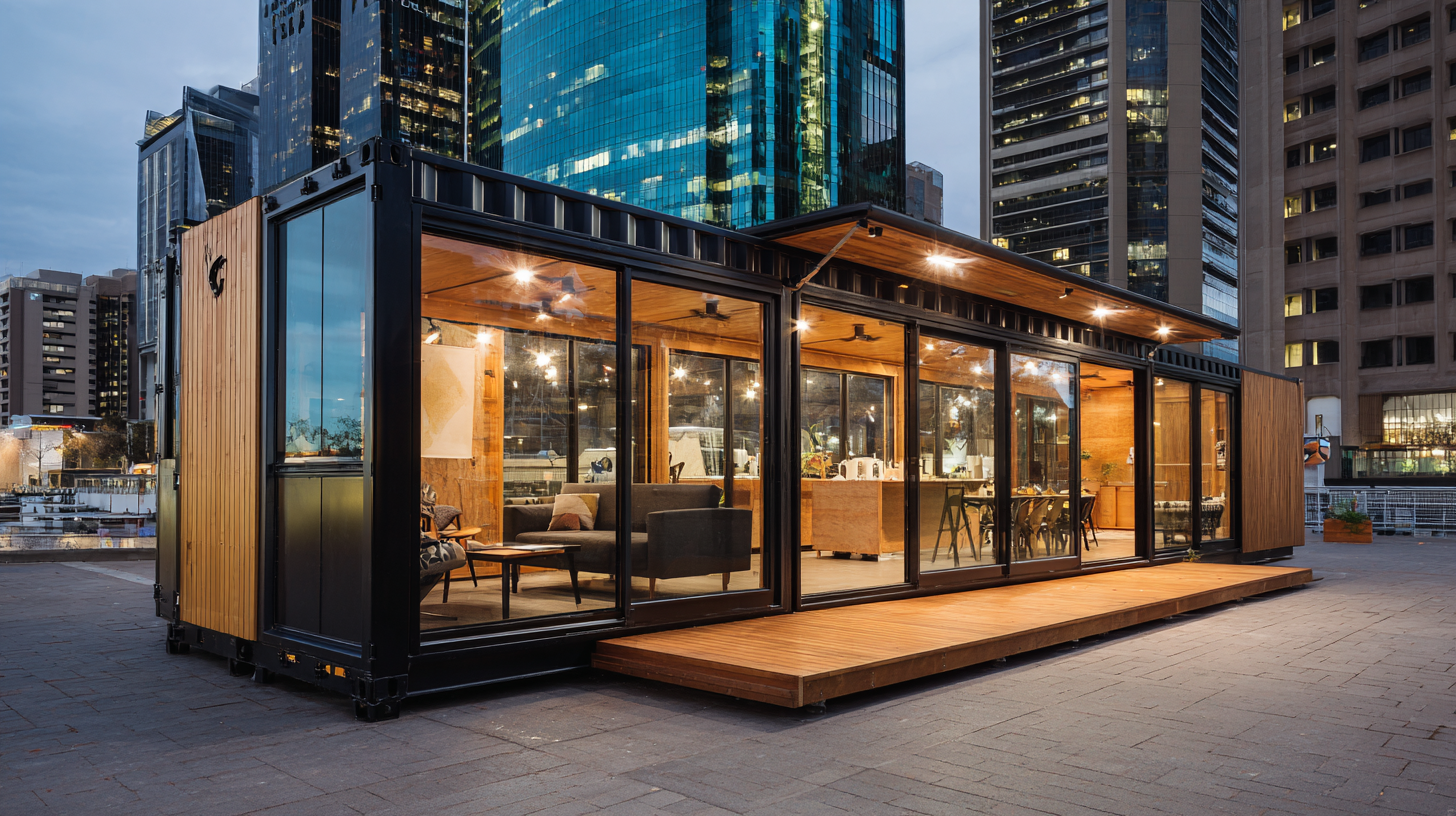
Tips for integrating technology into container spaces include prioritizing energy-efficient appliances and using smart home systems that allow remote control of heating, cooling, and security. Investing in solar panels can also provide a sustainable energy source, reducing reliance on the grid while offering significant long-term savings.
Moreover, consider incorporating multifunctional furniture and modular design concepts to maximize space efficiency. Smart furniture that adapts to different functions can significantly increase usability in compact container layouts. By embracing these tech-savvy solutions, container homes and offices can become not only functional but also truly innovative spaces that cater to the demands of modern living and working.
Community Collaboration: Container Spaces for Social and Business Innovation
In today’s rapidly evolving world, container spaces have emerged as a unique solution for fostering community collaboration and driving social and business innovation. By repurposing shipping containers into functional areas, cities can create vibrant hubs that bring people together. These modular structures are not only cost-effective but also highly adaptable, allowing for diverse uses ranging from co-working spaces to community centers. The flexibility of container fitouts encourages innovative design and creativity, catering to the specific needs of local communities.
Moreover, container spaces often serve as catalysts for social interaction and entrepreneurship. They provide a platform for local businesses, artisans, and startups to thrive in a shared environment. Collaborative workshops, markets, and events hosted within these spaces can stimulate networking opportunities and foster a sense of belonging among residents. Through such initiatives, container fitouts become more than just physical structures; they transform into vital community assets that enhance the social fabric while supporting economic growth in modern urban landscapes.
Related Posts
-
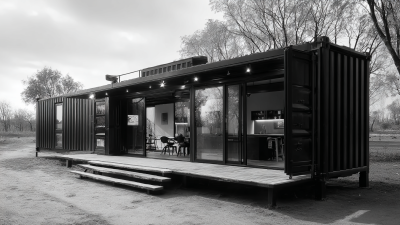
Exploring the Benefits of Sustainable Living with Converted Containers
-

Innovative Uses of Shipping Container Buildings Transforming Modern Architecture
-

Innovative Ideas for Shipping Container Remodels You Can Try Today
-
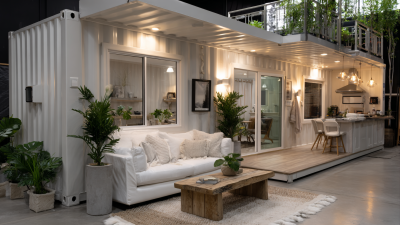
How a 40ft Container Cabin Can Transform Your Living Space into an Ecofriendly Haven
-
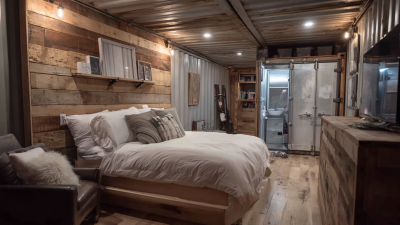
Innovative Ways to Transform Shipping Container Rooms into Sustainable Living Spaces
-
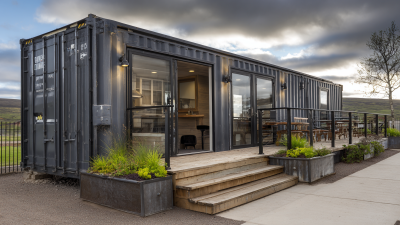
Exploring the Benefits of Sustainable Living in Shipping Containers
